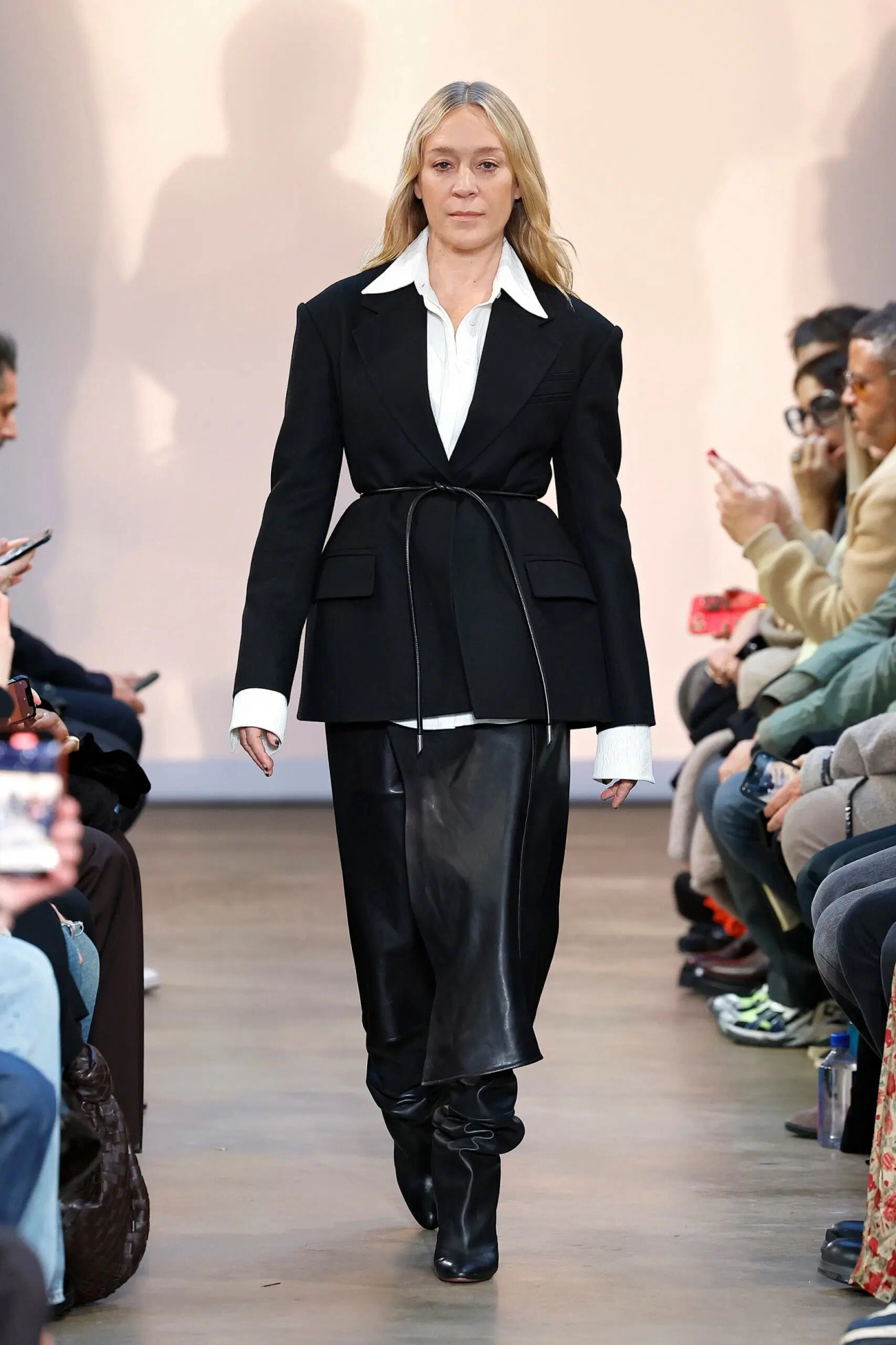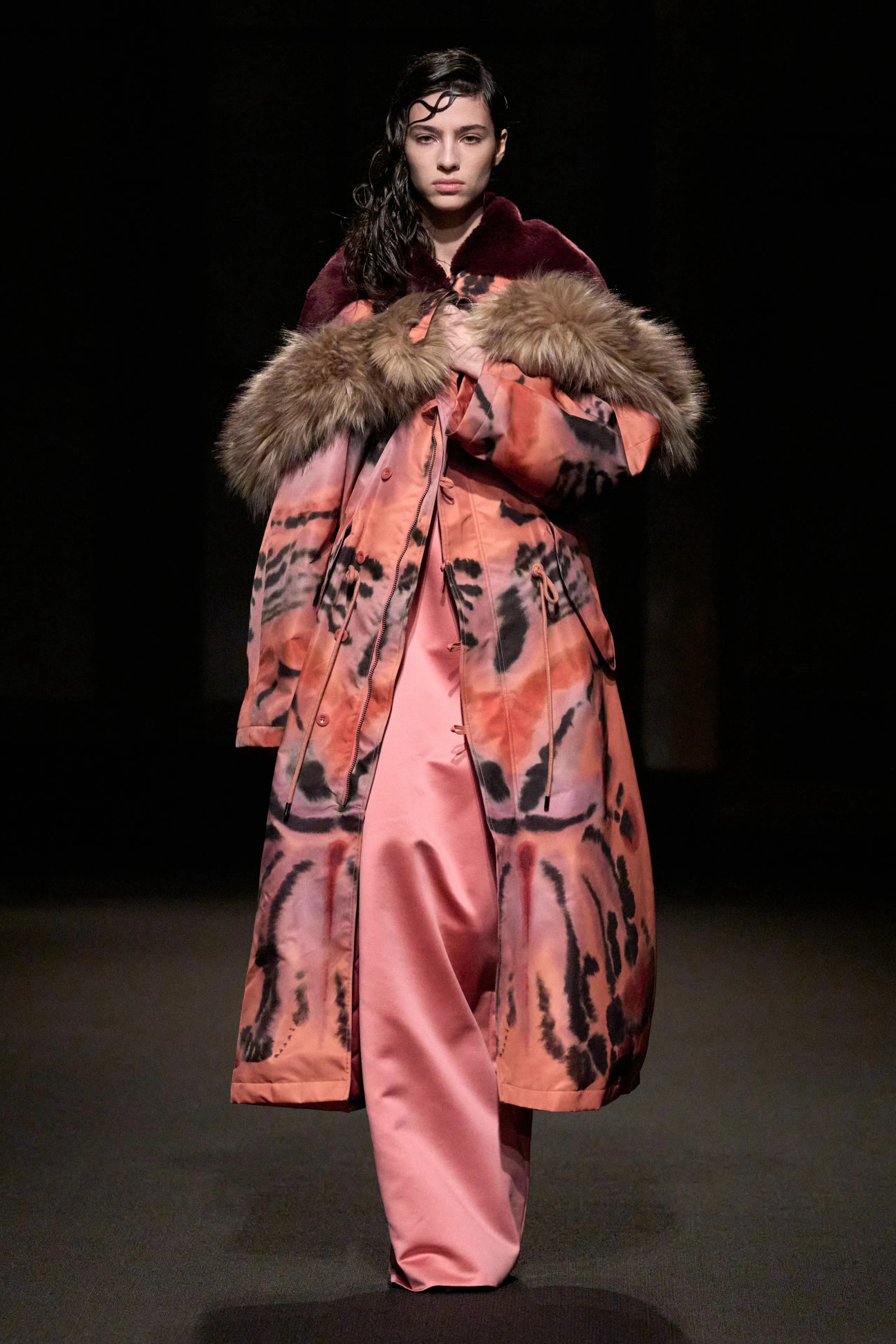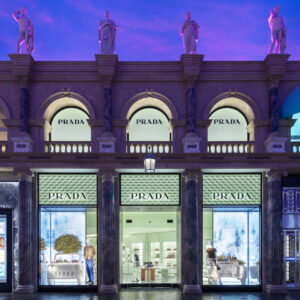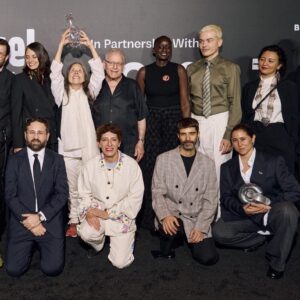What’s the deal with New York Fashion Week? Industry folk like to say it’s sold out. Designers will tell you it’s too pricey to show. Most partygoers aren’t even too sure what the point is other than getting photographed. The bi-annual occurrence, a ceremonial ribbon cutting of the “big four” weeks of Fashion Month, has and shall always be the physical nucleus of American fashion. But the greater impact of the machine, an amorphous entity contracting in and out of states of bloat and detox, remains a charged accusation season after season. At least this week there was more time to actually look at the clothes.
When it was formalized over 80 years ago, NYFW wasn’t near the vaudeville-level of spectacle that we think of today or seen on TV. Mid-century American designers, following their forefathers' origins of challenge and dissent, were viewed as dark horses by the authority of the fashion world, looked down upon, disregarded, and, more often than not, simply ignored. Compounded like organic matter beneath the earth’s surface, these pressures bore a regime of independent designers interested in subverting the concepts and traditions of their foreign peers. It was exciting! There was Calvin Klein, the esteemed minimalist and son of Hungarian Jewish immigrants; Donna Karen, a Queens-bred modernist inspired by her father’s expert tailoring; Oscar de la Renta, the Dominican designer that worked across Europe and ventured to America in the '60s at the bequest of Diana Vreeland; even Tommy Hilfiger, the Upstate New York prep obsessed with denim. Suffice to say, the rebellion worked, but the success of these designers—and the industry’s response—changed everything. Soon, the bulk of the names on the New York fashion calendar were no longer underdogs hoping to make their mark; they were consumer-focused businesses calling the shots. This reshuffling of the guards had a dual effect on the landscape of American—particularly post 9/11—fashion in which the temperature favored contemporary pieces easy to transition into life off the runway, and younger talented designers opted to show abroad rather than fight for attention against corporate entities’ massive productions. For a while, everything looked the same.
This season, however, there was a considerable evening of the playing field in which both imagination and excitement had room to breathe without the chaos of logistical planning or the inundation of stimulation. Speaking of a lot to look at, Rodarte, the sister-run red carpet favorite with a hot and cold relationship with the runway, kicked off the week with a lot of shine. Laura and Kate Mulleavy marked their comeback with a glittery bouquet of camp as wondrous California couture and romantic whimsy filled what can only be described as a "delightfully gothic" bridal party. Tommy Hillfiger, whose brand transitioned from the traditional collection presentation model to carnival-esque same-season activations, was noticeably absent from the catwalk this February, as was Calvin Klein, who hasn’t held a runway show since the departure of Raf Simons, Hugo Boss, and Tom Ford, who historically finaled the week with a celebrity front row and a supermodel walk off. (As for the original holder of the former CFDA-chairman’s calendar slot, Marc Jacobs, his intimate salon-style show took place nearly a week before NYFW even began.) So rather than the previous Gucci head or the former Louis Vuitton designer, Raul Lopez was given the final bow this season, an appointment surely emblematic of our changing interests. Lopez, whose revered Luar was just announced today as a semi-finalist for this year’s LVMH Prize, remixes archetypes and symbols across gender, sex, and his Dominican Yorker identity for a high-concept take on street fashion. This season at Faurschou New York the designer looked both to the past—the mafiosas from his childhood in Williamsburg—and the future—using two-way live camera feeds to project inverted optics as models stomped in tandem across the small gallery space.
As for the bigger brands that did show, there seemed to be an intention to scale down presentations for Fall/Winter, as in the case of Stuart Vevers, who, rather than erecting an elaborate Coach set like past seasons, opted to debut his Gen Z take on grunge in the hallways of the grandiose Park Avenue Armory. A fashionable attempt at restright. At the same time, many quick-to-rise designers who have captured the attention of past seasons decided to sit this February out. After a three-season streak, Phoebe Philo protege Peter Do took a monetary pause from the runway for Fall/Winter 2023, as did fan favorites Studio 189, AnOnlyChild, and Theophilo. For the many other designers fighting for airtime amidst the deluge of fashion week, this meant more time for individual attention and meaningful discovery.






There were several notable firsts this season, particularly that of Zoe Gustavia Anna Whalen. After collaborating with the likes of BLESS, Eckhaus Latta, and Interior in the past, the Central Saint Martins grad debuted a 15 look collection at St. Mark's Church in the Bowery. With her parents in the audience, the weave-based designer collaborated with musicians Glasser and Robbie Lee on an organic, performance-like show that referenced the intimate bond between human life and where it draws energy from—the earthen soil. Meanwhile, Heron Preston, whose name has long been in the fashion zeitgeist, made his first formal catwalk appearance—literally walking the runway before presenting a line of quintessential workwear that you'd expect from the DJ-turned-designer. Other standout moments throughout the week include Chloë Sevigny opening and narrating the soundtrack for Proenza Schouler’s 20th anniversary show, which was composed by the musician Arca, Khaite's Griffin Frazen-designed store debut, and Gabriela Hearst’s Eileen Gray-inspired gowns with gold molded hardware. So much for “too commercial.”
Like the greater city itself, the New York fashion community is wildly disparate as much as it is readily contrarian. One’s complement uptown—say, “chic”—is surely the nightmare of someone else two subway transfers away with a borough in between. What we have we don’t want, and we yearn for nostalgia, even when we loathed its first incarnation. Do we miss the back-to-back blockbuster shows, or can we aprpeciate the balance between raw and developmental talent? Though the pace to observe, reflect, and ponder was a welcome gift this season, there were moments of reconsideration. While watching a surely-unfinished sample saunter down a spotlit runway, one couldn’t help but think where did everyone else go?










 in your life?
in your life?

